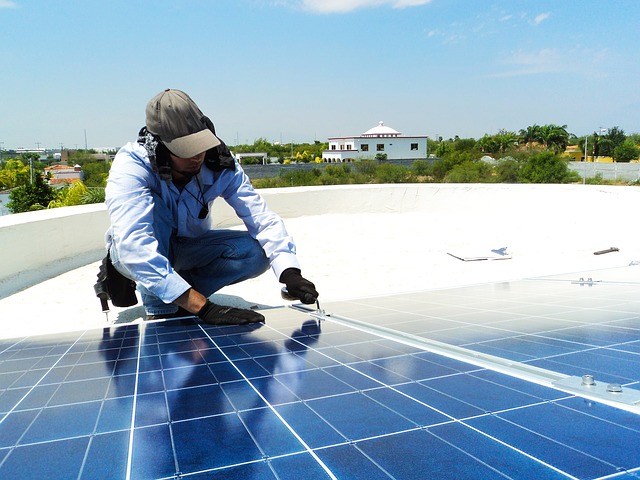How solar power works
1. Solar Panels
- The solar array is resilient to all common weather conditions.
- Panels are connected together in a ‘string’, then cabled back to the inverter.
- Energy from the sun enters the solar panels’ silicon wafers and generates electricity whenever there is enough daylight – even on cloudy days.
- Almost all roofs are suitable. North-facing roofs are best for panel installation but they are no longer essential.
- All of our panels come with a 25 year performance warranty.

2. Inverter
- The inverter captures the variable DC voltage from the panels and converts it to useable mains AC voltage. It also comes with a digital output display to provide statistical information on the power generated.
- The inverter uses a ‘maximum power point tracker’ to extract the maximum amount of electricity without the need for motors to move the panels throughout the day.
- The inverter comes with a ten year warranty.
3. Your School
Your school uses electricity from the solar panels first, with additional demand supplied from the grid.
4. Meter
Your new digital meter will allow you and your energy provider to read the amount of excess power you generate.
5. Into the Grid
When you generate more power than you use, the excess is purchased back by your power company. Further feed-in incentives may also be available.
Design and Installation
- Our CEC-certified designers and installers take pride in designing and installing your new solar power system.
- Tailoring systems to clients’ individual requirements is an important part of a successful solar power installation.
- Stainless steel and aluminium components combined with weather-tight enclosures and heavy-duty cabling are always used to enhance system design life.
